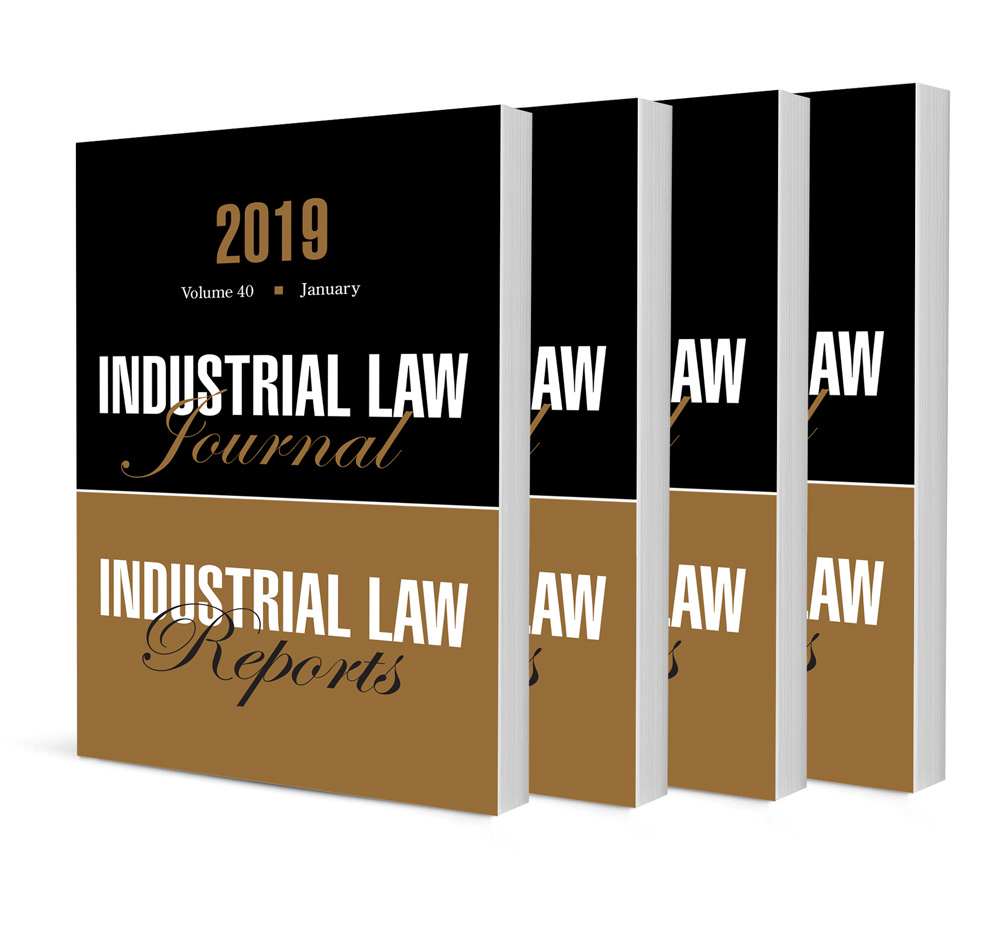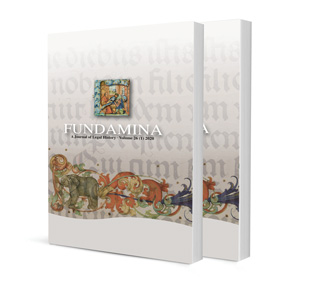Joining the ‘Old Boys’ Club’: Equality for Women in the South African Judiciary and Other Male-Dominated Workplaces

Joining the ‘Old Boys’ Club’: Equality for Women in the South African Judiciary and Other Male Dominated Workplaces
Author D M Smit
ISSN: 2413-9874
Affiliations: Associate Professor of Mercantile Law, University of the Free State
Source: Industrial Law Journal, Volume 41 Issue 1, 2020, p. 48 – 70
Abstract
Decent work in a world buffeted by ‘change and inequality’1 lies at the heart of the ILO’s development goal 8. The South African National Development Plan, with its 2030 goals, also directs attention to transforming South African workplaces in which women still suffer the after-effects not only of a racially divided country but of patriarchy and other lesser-known barriers to entry and advancement. Despite s 174 of the South African Constitution that calls for the appointment of judicial officers to reflect broadly the racial and gender composition of our county, gender equality in the judiciary still seems to be a distant dream given the continuing underrepresentation of women in that sector. Although white women were permitted to join the judiciary in 1923 and the first appointment of a black female attorney occurred in 1967, the judiciary still fails to reflect the statistical representation of women in the population. Even in 2019 the government failed to use the opportunity to appoint women to the high-profile, state capture cases currently under investigation. This persistence of an ‘old boys’ club’ approach to the appointment of women in the judiciary calls for further investigation and real solutions.
